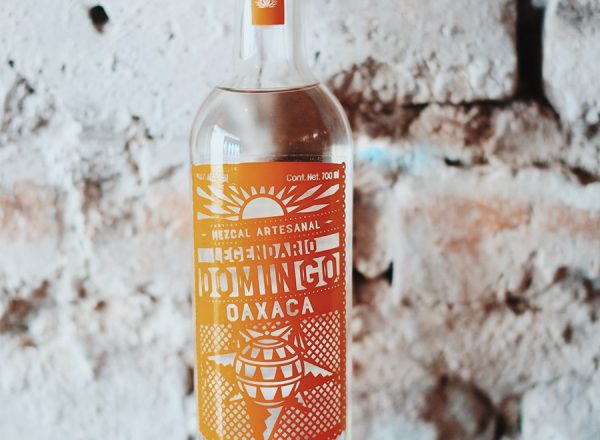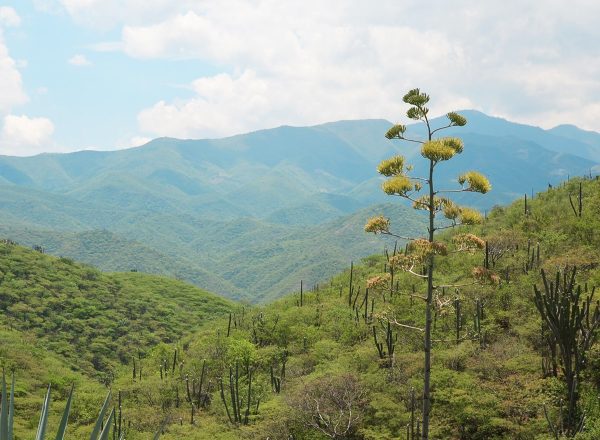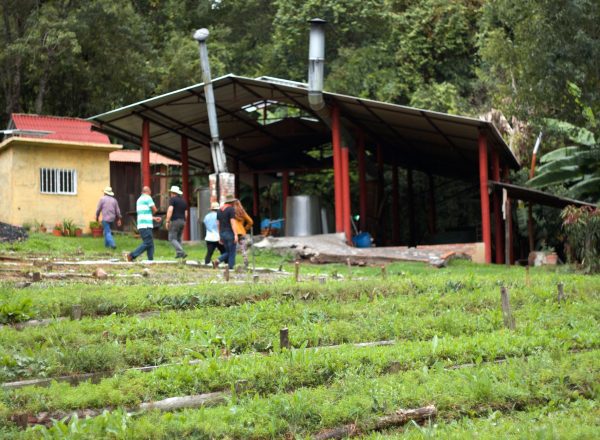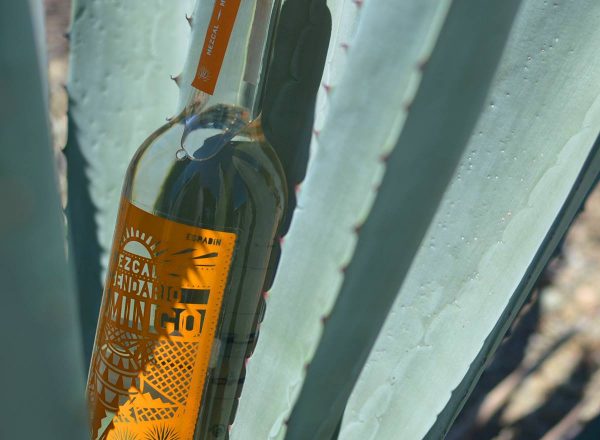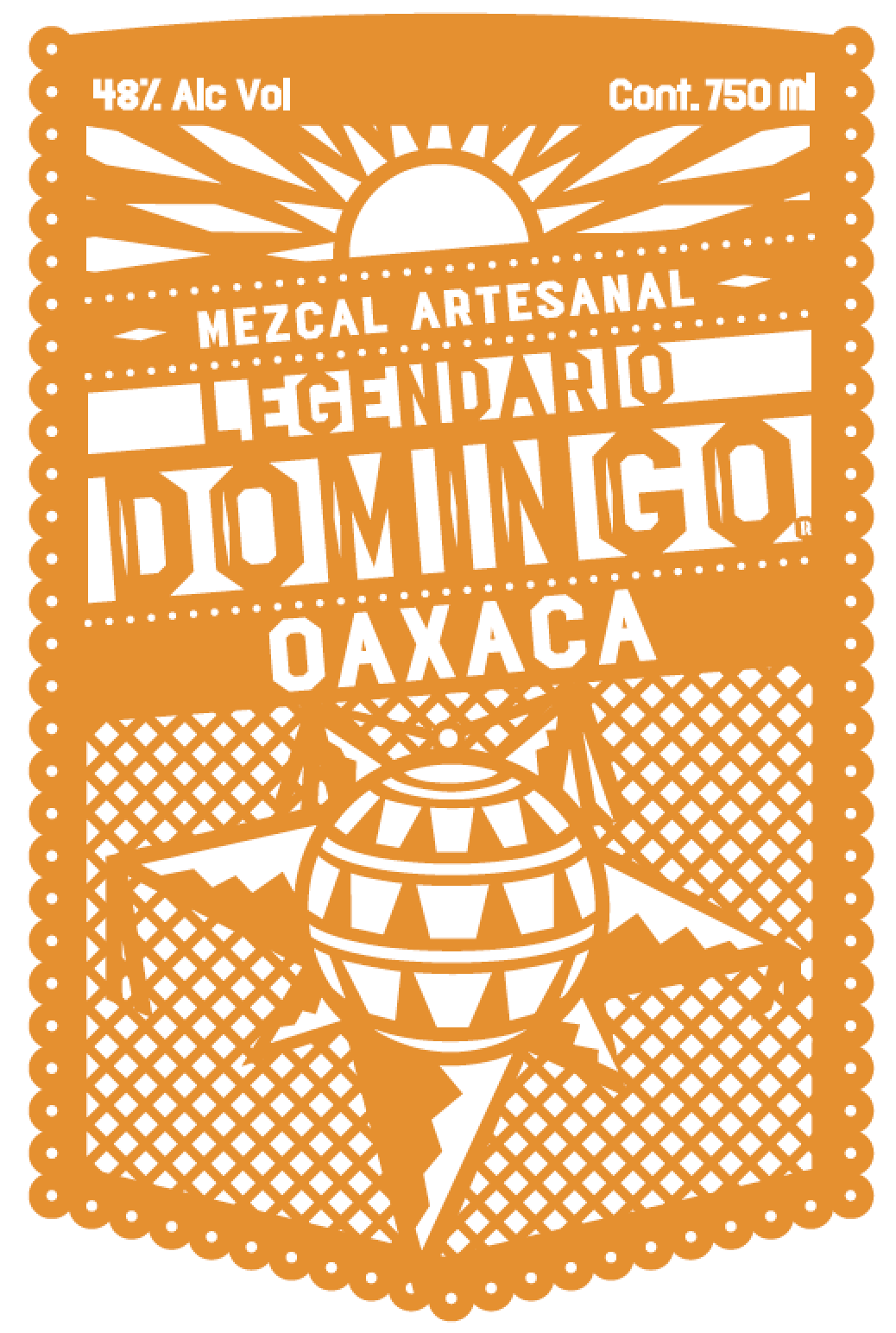
Legendario Domingo
Espadín
San Luis del Rio, Oaxaca
Oaxaca is the the epicenter of mezcal in the country, it is a world carved by legends, green quarry, black clay and of course agave. A mezcal with hints of kiwi on the nose, along with citrus flavors, hints of minerality, ripe tropical fruits, and salty papaya notes, green banana, finishing with balanced salt and delicate smoke.
Technical Details
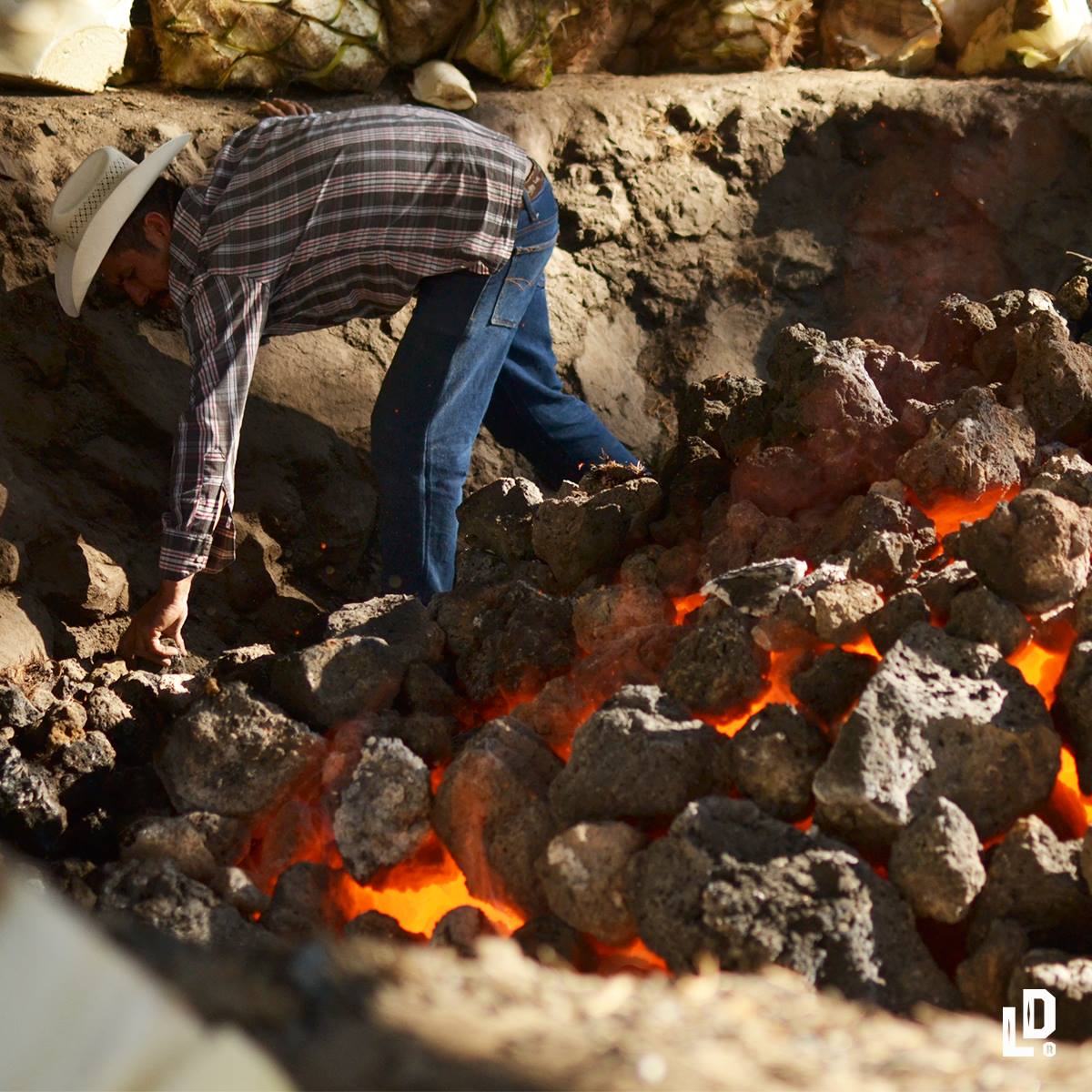
Maestro Mezcalero(a): Gregorio Velasco
Age at Harvest: 8-9 years
Varietal: Espadín
Crushing Method: Tahona
Water: Fresh Spring from the Red Ant River
Fermentation: Indigenous yeasts in open, Encino Oak Vats
Cooking Method: Underground oven fired with Tepehauje and Encino Oak
Distillation: 2x in Copper Pot Still
Resting Period: Not chill filtered
Farming Practices
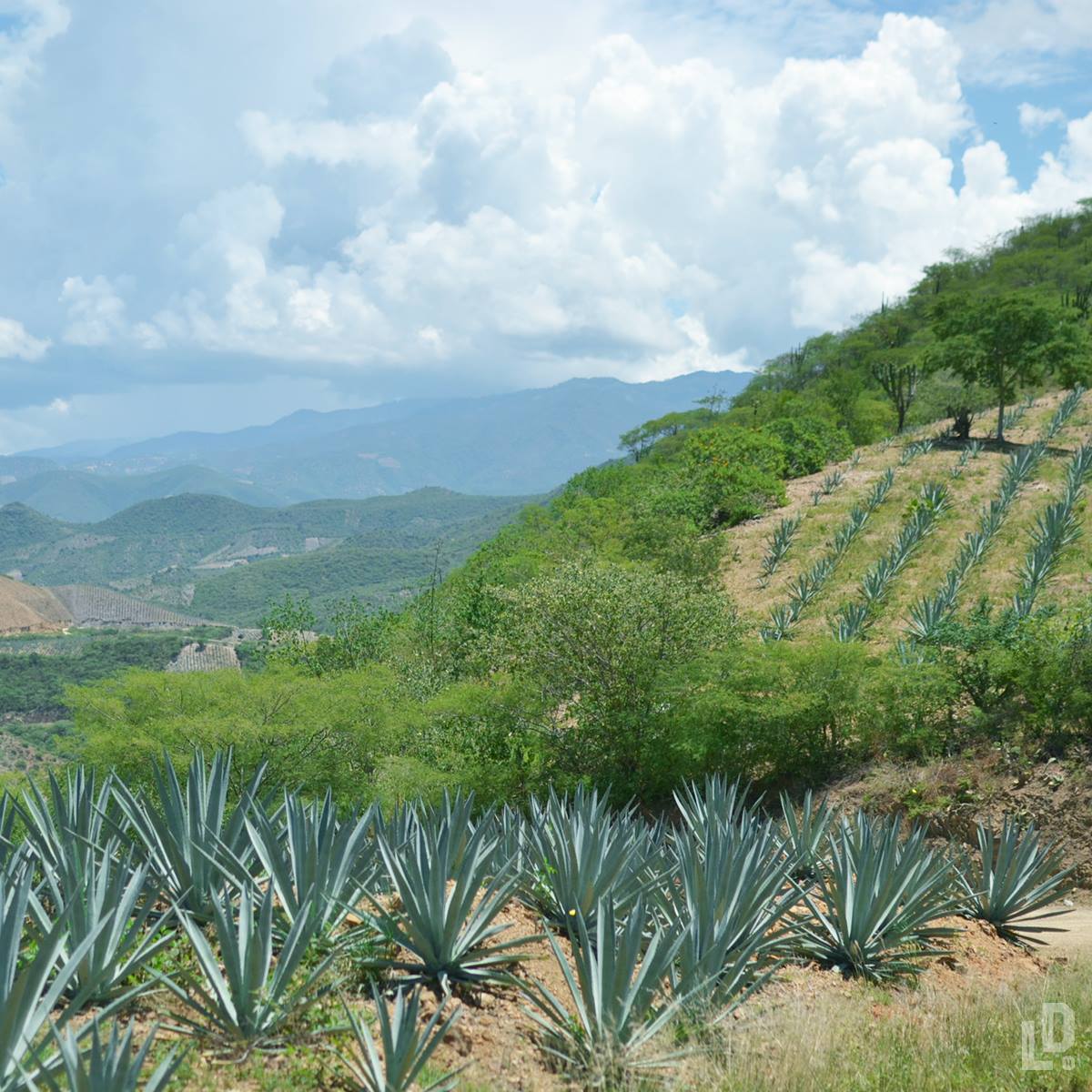
Sustainability plays a major role in the Velasco family’s mezcal production.
No tree is cut down for production purposes. Instead, the family collects dead wood from trees throughout the valley. It is the mezcalero’s belief that cooking with fresh wood that contains resin (tree sap), produces a sharp, acidic smoke in the distillate so overwhelming that it inhibits the ability to taste the actual agave and its terroir. In order to ensure the wood is completely resin-free at the time of production, they lay it out to dry at the ranch, amongst the agave, or season it (as you would a whiskey barrel) for up to six months.
Significant open flat land space does not exist in the valley of San Luis del Rio, fully occupied by living areas and structures for the townspeople. Therefore, most agave is planted on hills, making cultivation difficult. In order to prepare the land for agriculture, a common practice to clean the land is a process known as Desmonté.
To show respect for the area’s natural habitat and to maintain the integrity of the land, they don’t pull any useful plants out. They do “peel” away weeds and similarly unwanted plants which would disrupt agave growth. Essentially, they are tilling the land and maintaining it instead of seeking out new land. Plants that are pulled from the land are used to heat stoves for cooking. Trees and vines which provide food are maintained and agave is planted around these plants. Once agave is harvested, the land must rest for 1-2 years before agave is planted there again. During this period, they practice crop rotation, planting corn, squash and beans. In regions where Desmonté is not practiced, plant life is fully peeled away from the land to plant rows of agave.
Tasting Note
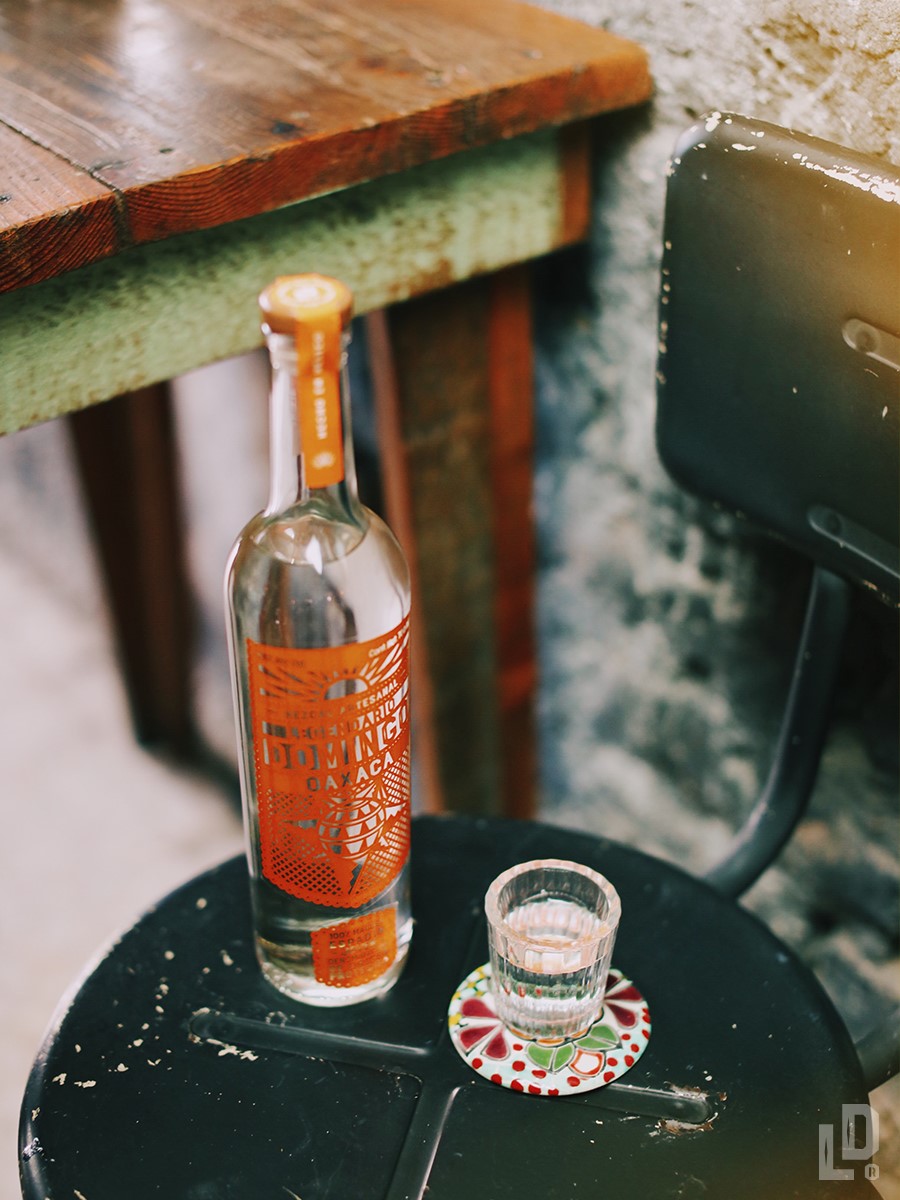
Hints of kiwi on the nose, along with citrus flavors, hints of minerality, ripe tropical fruits, and salty papaya notes, green banana, finishing with balanced salt and delicate smoke
